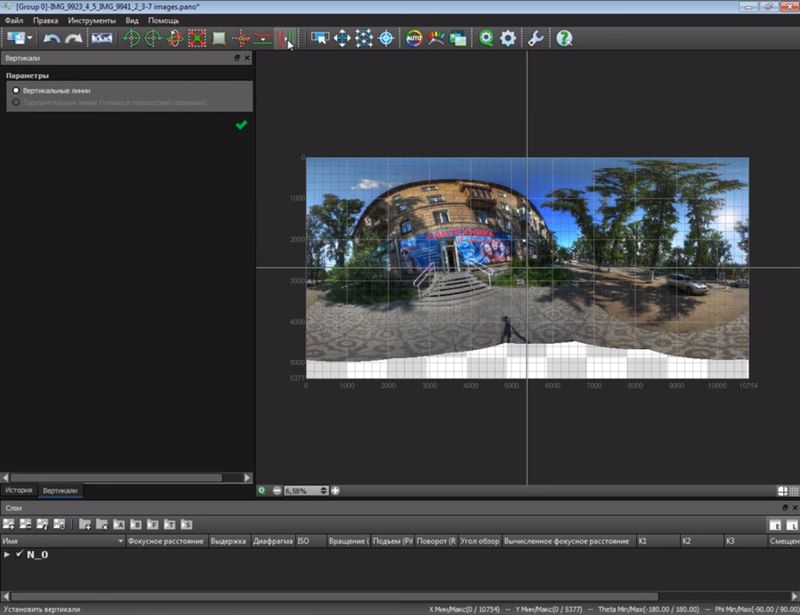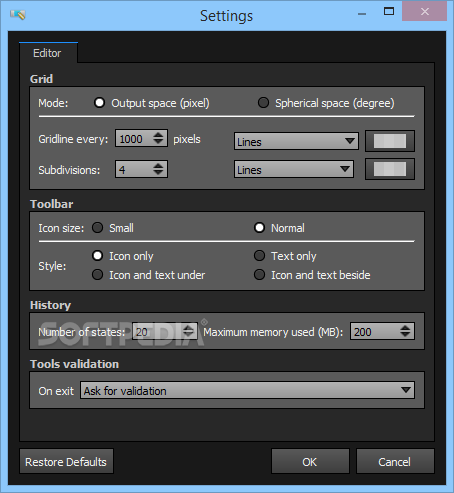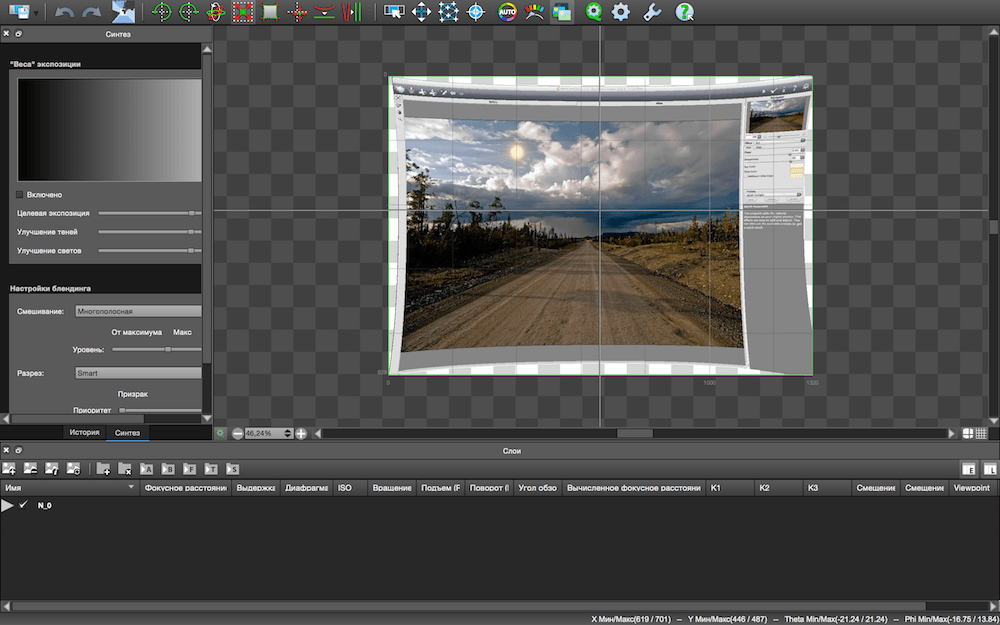

This can create a very high res image BTW, but not a true Pano unless you crop into the final image. You can mount the camera on an L Bracket with a Pano head like the one from Really Right Stuff, and take three sets of shifts, bottom, middle and top, but you are still at 12mm max shift. You can get a very good high res 3:2 ratio print using the camera in the vertical and taking 3 images, but a true pano you will run out of image, even if you shift in landscape mode. If you are looking for a true pano, I would define a pano at least a 3:1 ratio print, the the use of TS-E Canon or Nikon lens will not really get there as even at the max of 12mm of shift (newer 17mm and 24mm) won't get there at least from my work with Panos. This is an expensive option but can work - again this option is automated.Ī few other thoughts, this is what works for me, there is really no "right answer" you have to test out various solutions and see which works best for you.

GigaPan Epic Pro, if you can afford it, will combine the ability to do multirow panoramic shooting with multiple shots at each location for either HDR, focus stacking or other reasons.
#Render multiple layers autopano giga pro#
Look towards the bottom of presumably the same approach will work in PTGui pro but I have not tried it. *Keith Cooper of has worked out a stitching method for using shifted (not tilted) lenses using Autopano giga software. if you are photographing a relative narrow angle of view (like 100˚) than there is also "the strap your camera to the back of a larger format camera with rear movements" solution but that has limitations as well. Once you shift or tilt a lens you have moved the entrance pupil and this will create all sorts of parallax and spatial rendering problems when it is time to line up frames.* A mount that lens you move the camera body instead of the lens solves the problem but there are only a couple of very expensive alternate lenses that allow you do this directly with a DSLR. "- thinking more about the tilt/shift lens." You also need a "nodal slide" to position the lens' entrance pupil (AKA "nodal point") in the rotation axis.

L brackets are very worthwhile! You end up with greater vertical resolution withthe camera in "portrait" orientation but at the price of needing shooting more frames to capture your desired horizontal sweep. "- I probably don't need an L-frame on my head for this landscape scene as there aren't any verticals in the scene I'm assuming I won't have parallax issues if I simply rotate and tilt the whole camera (?) " The edge distortion problem you cite as a possible problem is solved by having sufficient overlap between frames. I do not hesitate to use shorter focal length lenses, down to 14mm lens on a "FF" 35mm based DSLR if that is what the situation calls for. I regularly use both 50mm and 85mm lens when shooting stitched pans but not for that reason, instead I use these longer lenses to increase final resolution in pixel dimensions. "- use a 50mm or 85mm lens rather than a wide angle so as not to have distortions at edges which may cause problems when stitching the columns + rows together." Best techniques for multi-row panoramas using tilt/shift lensĮquipment & Techniques > Digital Cameras & Shooting Techniques


 0 kommentar(er)
0 kommentar(er)
